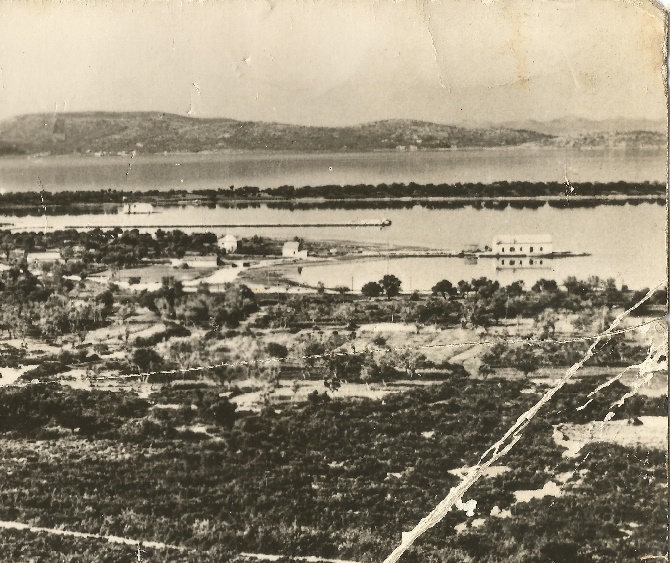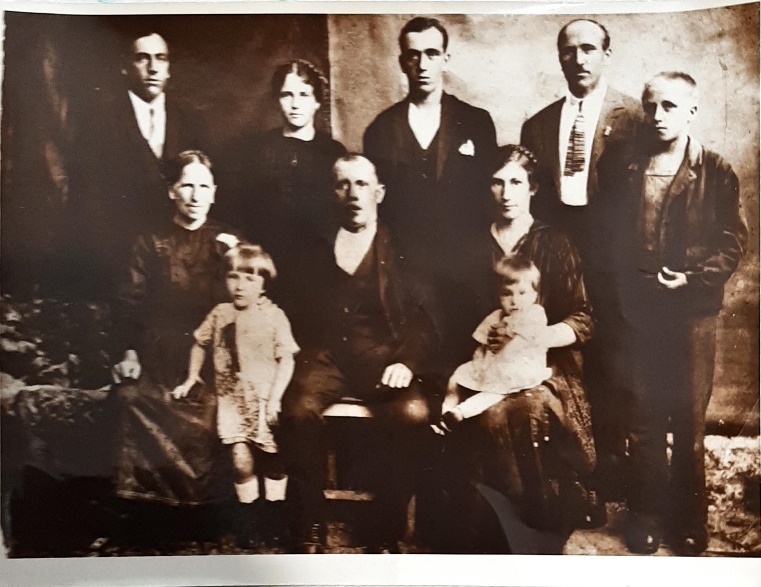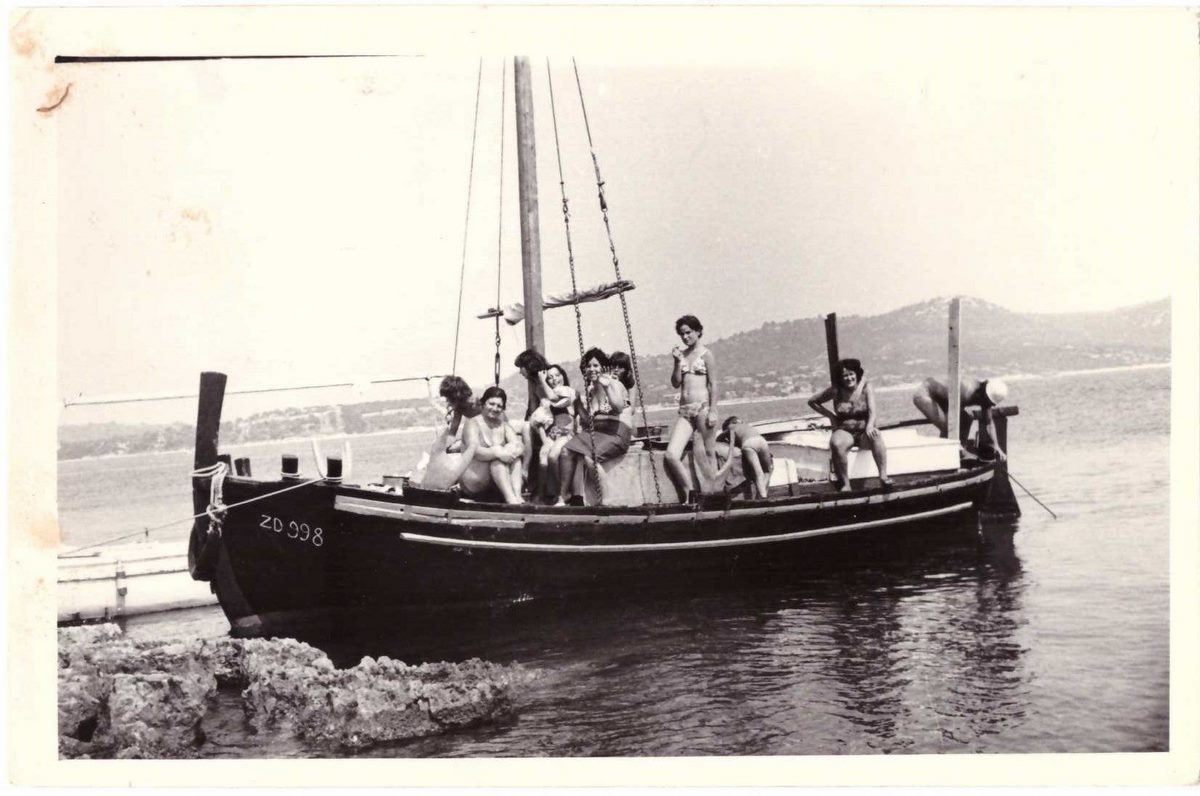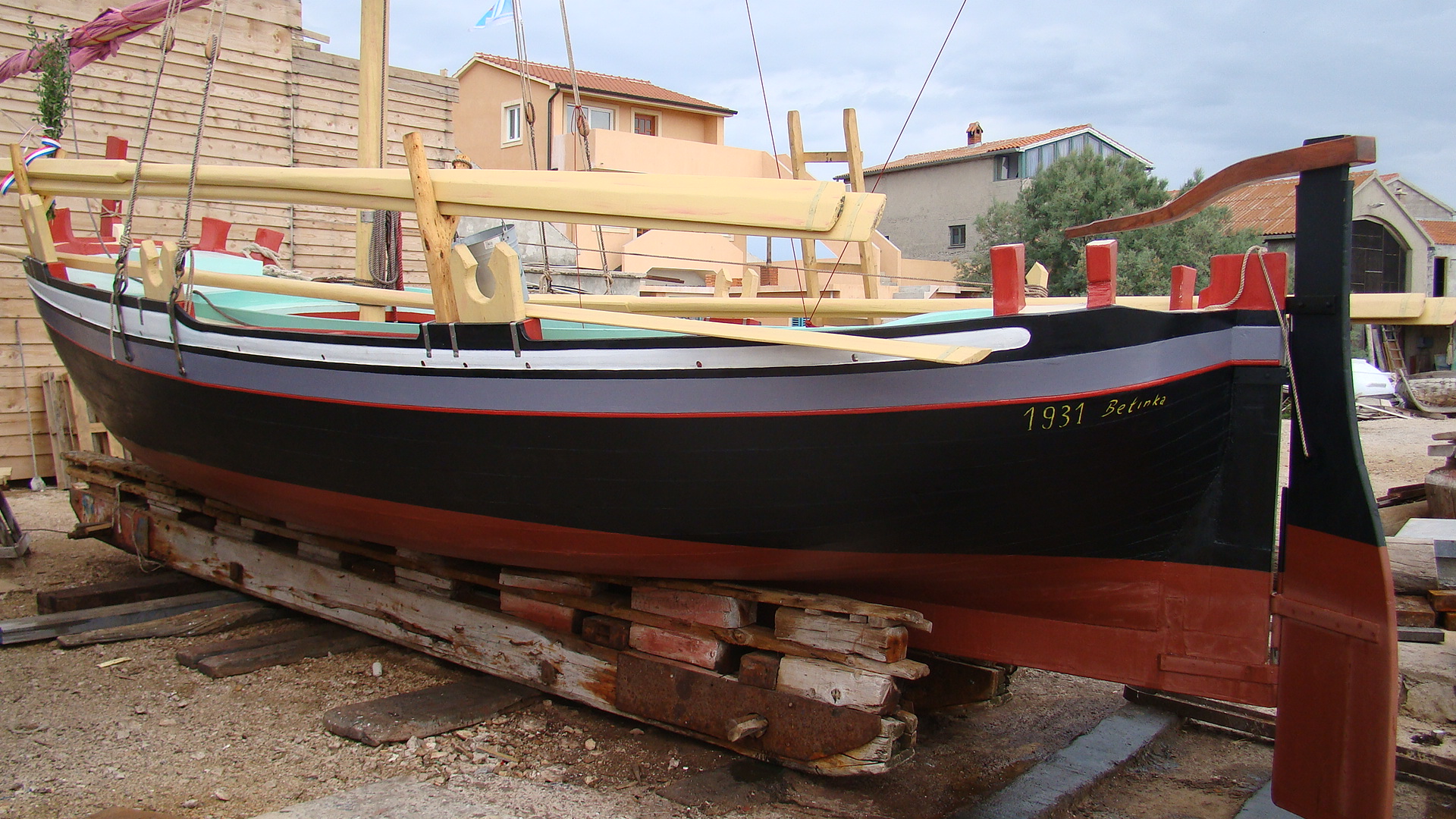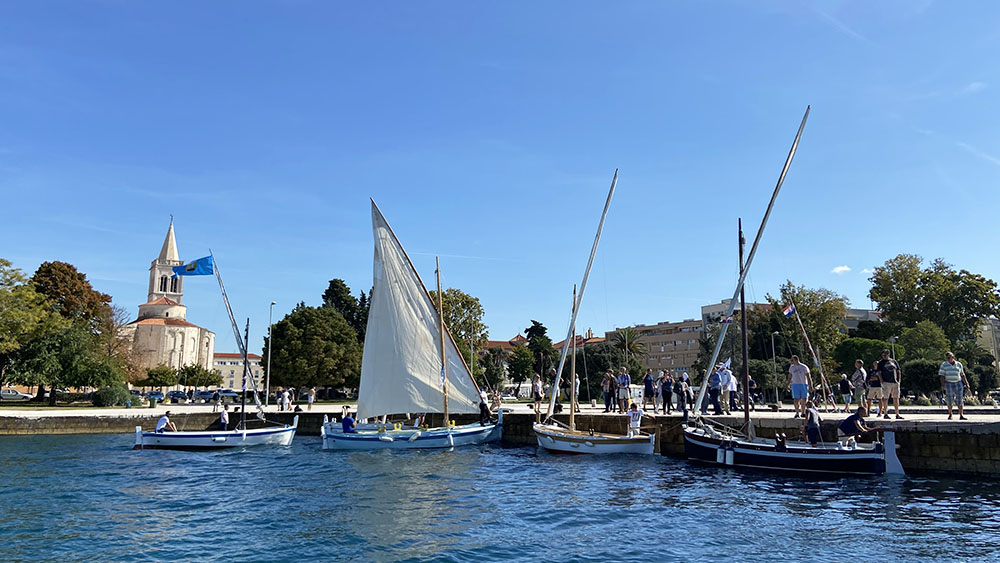According to the family legend, the founder of the shipyard, Ante Filipi, was looking for a place to start a new shipyard, and when he arrived at this site, he threw a stone into the sea to verify its depth and terrain. He was happy with what he saw, bought land there and decided to build a shipyard right in front of where he was standing.
By his own strength, with the help of Sukošan’s hard-working laborers using hoes and skip (wooden trough), they built the shipyard. On their heads, in a skiff, they carried larger pieces of stone with which they built the quays and the docks of the shipyard.
